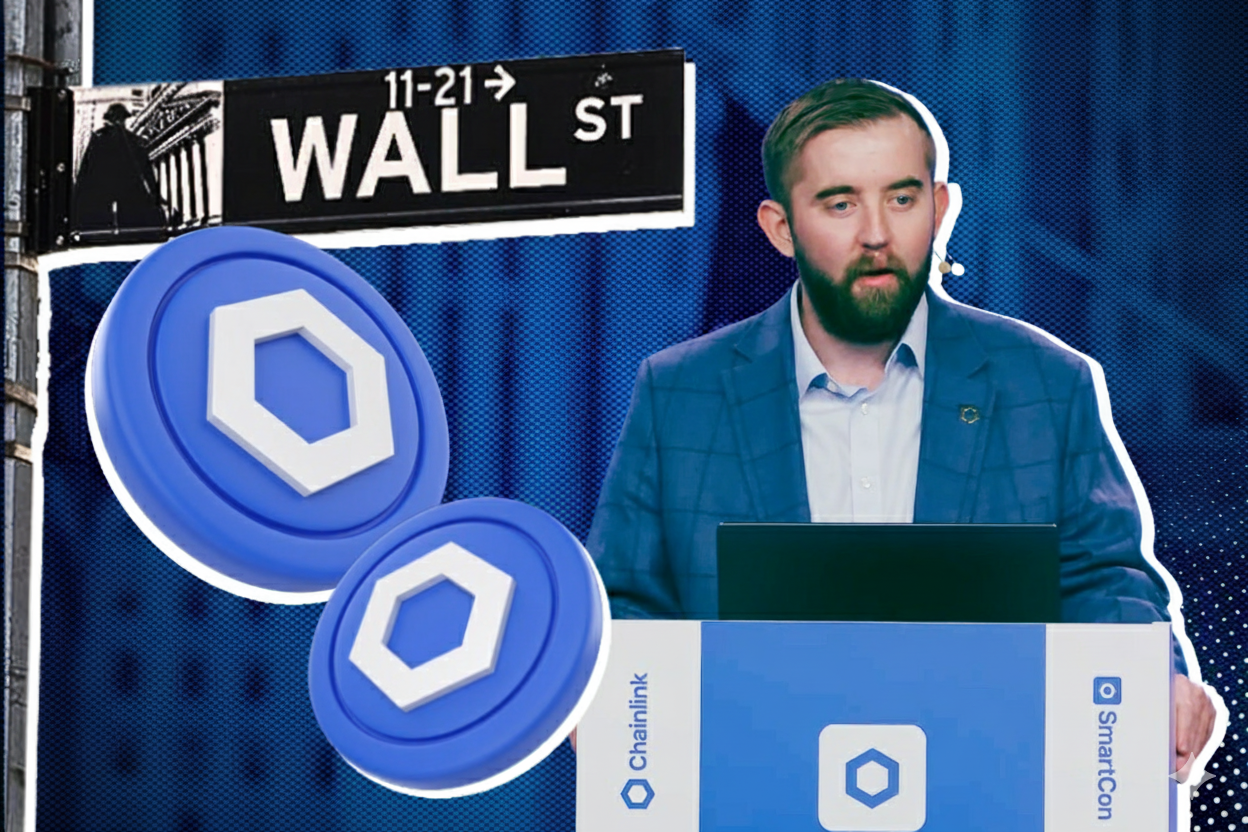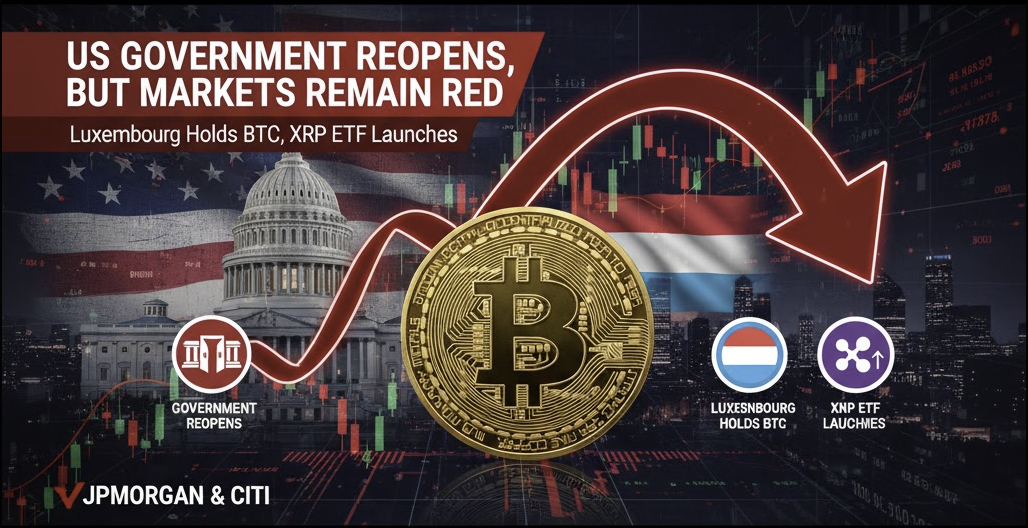As the AI craze cools, institutional capital is quietly shifting towards Ethereum. No longer a risky altcoin, ETH is gradually becoming a long-term investment asset, a "new king" in traditional investors' portfolios.
The Shift: Why Institutions Are Choosing Ethereum Over Other Altcoins
After more than a year of rushing into the AI craze, institutional investors are now less enthusiastic about fast-growing tech stocks. Names like Nvidia, Palantir, and Super Micro Computer have become overvalued, pushed to "unreasonable valuations."
"TradFi funds are running out of narrative; they know AI stocks are in irrational price territory," observes MONK, a researcher at Messari. "Now is their moment to look at Ethereum, a familiar asset with more reasonable valuation and accessible through institutional channels."
Among thousands of tokens, Ethereum is being chosen. Not because it's new, but because it's large enough, safe enough, and, most importantly, "mature" enough for institutions to feel comfortable making long-term bets. After Bitcoin, Ethereum is becoming the most logical destination for capital seeking a balance between growth and risk control.
- Scale: Ethereum is the world's second-largest crypto, with sufficient liquidity and market capitalization to absorb hundreds of millions of dollars in institutional capital without causing significant price volatility. In the world of institutional investment, not every token can handle large order sizes, but Ethereum can.
- Excluding stablecoins, Ethereum has the second-highest market capitalization and the highest trading volume in the crypto market. Source: CoinGecko
- Yield: Since transitioning to a Proof-of-Stake (PoS) consensus mechanism, Ethereum allows holders to participate in staking with a stable annual yield of approximately 4-6%. In the eyes of asset managers, Ethereum staking is akin to a digital bond: it offers both recurring income and potential capital appreciation. BlackRock, the world's largest investment fund, has even proposed allowing its Ethereum ETF to participate in staking.
- Utility: Ethereum is not just a cryptocurrency; it's a platform. It's the foundational layer for most DeFi applications, NFTs, stablecoins, dApps, and new financial models. If Bitcoin is a store of value, then Ethereum is the economic infrastructure. Ray Youssef, CEO of financial app NoOnes, once described Ethereum as "a hybrid between a tech stock and a digital currency." Ethereum acts as both an asset to hold, a yield-generating asset, and a utility token for running real-world services.
- Regulatory Clarity: It's impossible not to mention the legal factor. Ethereum, along with Bitcoin, is one of the few digital assets that US regulatory bodies classify as a "commodity" rather than a security. This helps Ethereum avoid most of the legal risks that other altcoins are currently facing.
- Traditional Financial Products: Concurrently, traditional financial markets have developed a range of standardized investment products around Ethereum: from CME futures contracts, futures ETFs, and spot ETFs in Europe and the US. These are the tools institutions require, and currently, only Ethereum can meet these demands.
Wall Street's Quiet Accumulation of Ethereum
Ethereum is no longer a distant vision of Web3. Since the first half of 2025, this token has been accumulated with real capital through traditional investment channels at a rapid pace.
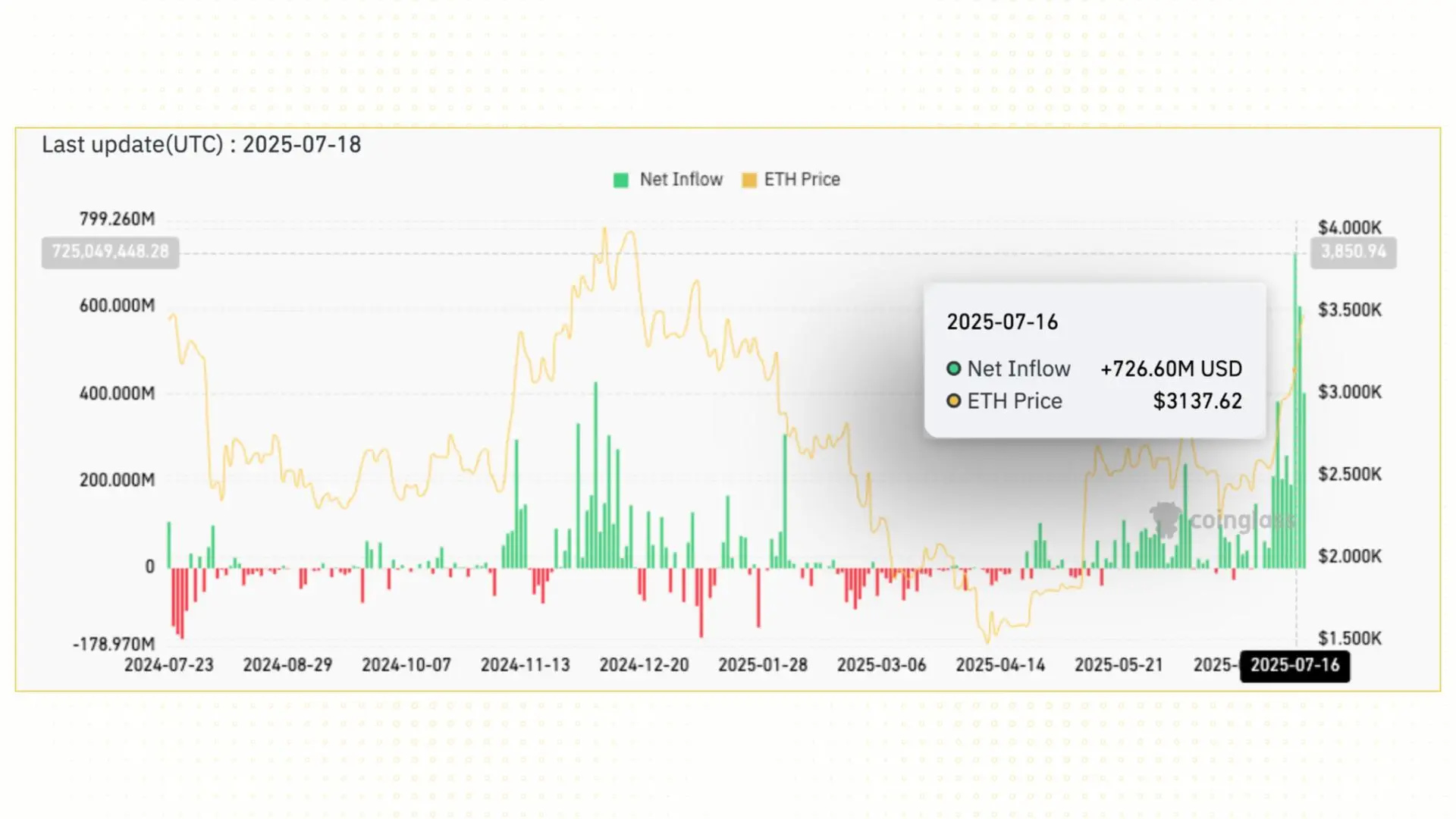
July 16, 2025, may go down in crypto market history. In a single trading session, US Ethereum ETFs saw net inflows exceeding $726 million, breaking all previous records. Also, in the trading week from July 14-18, 2025, Ethereum Spot ETFs witnessed positive inflows nearing $2.2 billion, the highest level since their launch.
There were no official announcements, no widespread media fanfare—just quiet figures filed with the SEC through mandatory disclosures. And BlackRock—a familiar name in every major play in US finance—is leading the charge. As of July 16, 2025, BlackRock's iShares Ethereum Trust (ETHA) holds over 2 million Ethereum (approximately 2% of the global supply), valued at $7.73 billion. Ethereum is no longer just a game for the crypto community. This token has entered the major leagues, where every "buy" click means tens of thousands of Ethereum are transferred to cold wallets.
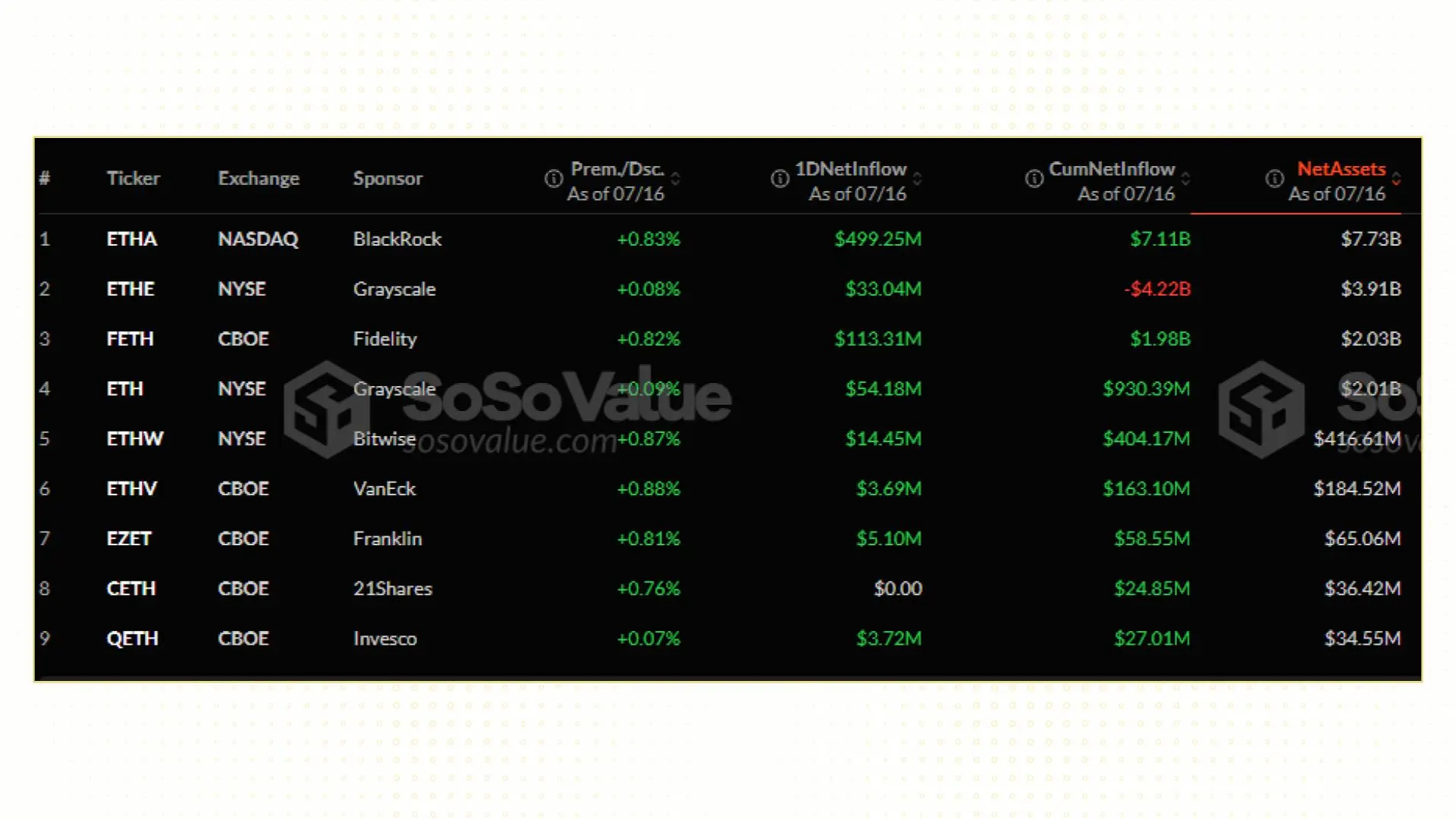
The price of Ethereum has naturally not stood still. From its low in March 2025, Ethereum has surged over 170%, breaking past the $3,800 mark, its highest in many months. But the story isn't just about price; Ethereum is, for the first time in many years, surpassing Bitcoin in its role of leading altcoin capital flows. The ETH/BTC ratio has soared, and Bitcoin Dominance is gradually declining—a signal that an altcoin season may be approaching.
Notably, corporations are also beginning to accumulate Ethereum in the same way they accumulated Bitcoin during the 2020-2021 period. Billionaire Peter Thiel's Founders Fund recently spent hundreds of millions of dollars acquiring shares in BitMine, a company that holds over 300,000 Ethereum as a reserve asset and participates in staking.
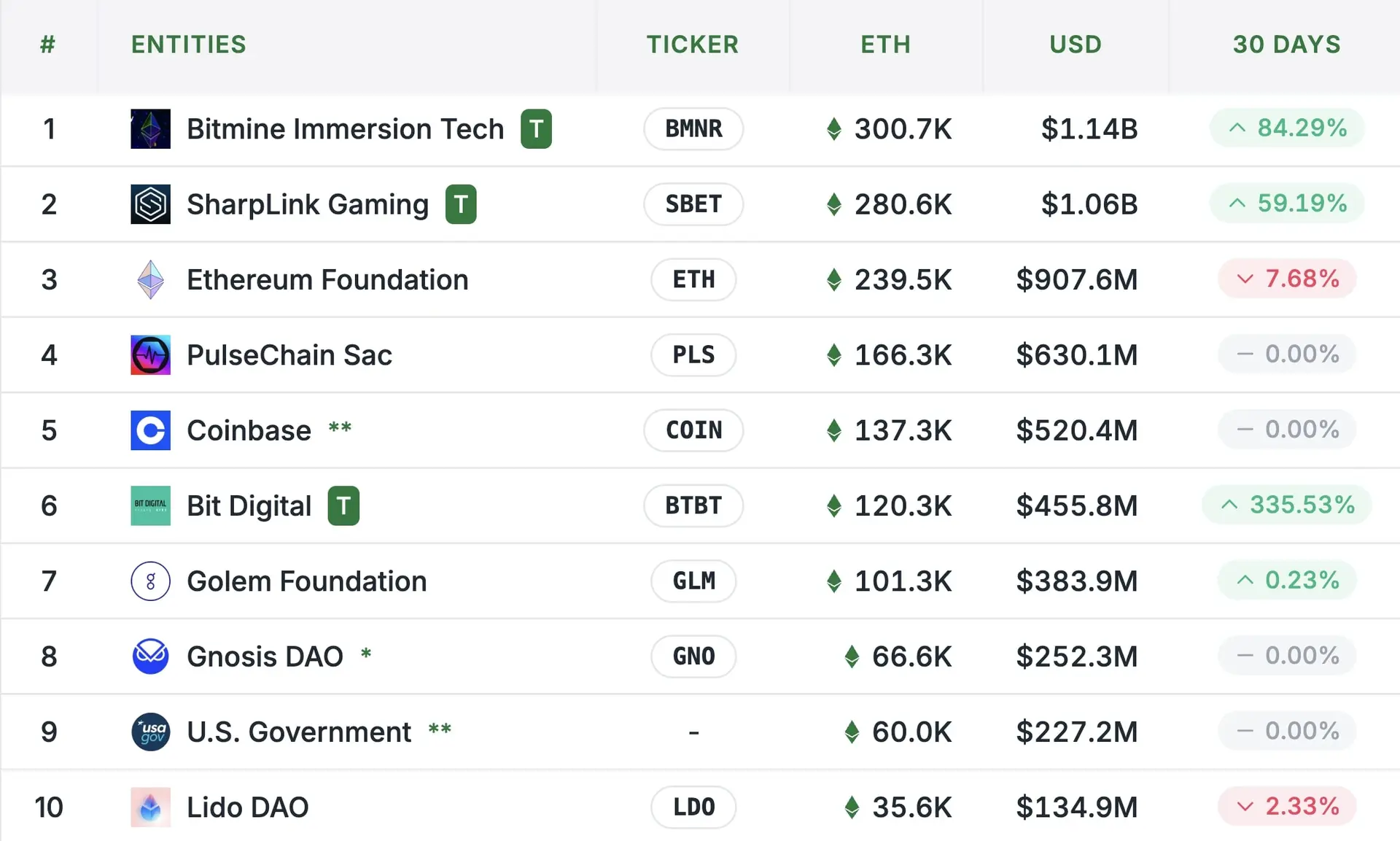
According to Cointelegraph statistics, from mid-June to mid-July 2025, publicly traded companies purchased over 500,000 additional Ethereum, equivalent to $1.8 billion. This widespread institutional adoption underscores a fundamental shift in perception towards Ethereum's long-term value.
The Crypto Community's Jest: A Misalignment with Institutional Views
One of the most interesting paradoxes of the 2025 market is the "phase difference" between the crypto community and institutional investors, particularly in their perception of Ethereum.
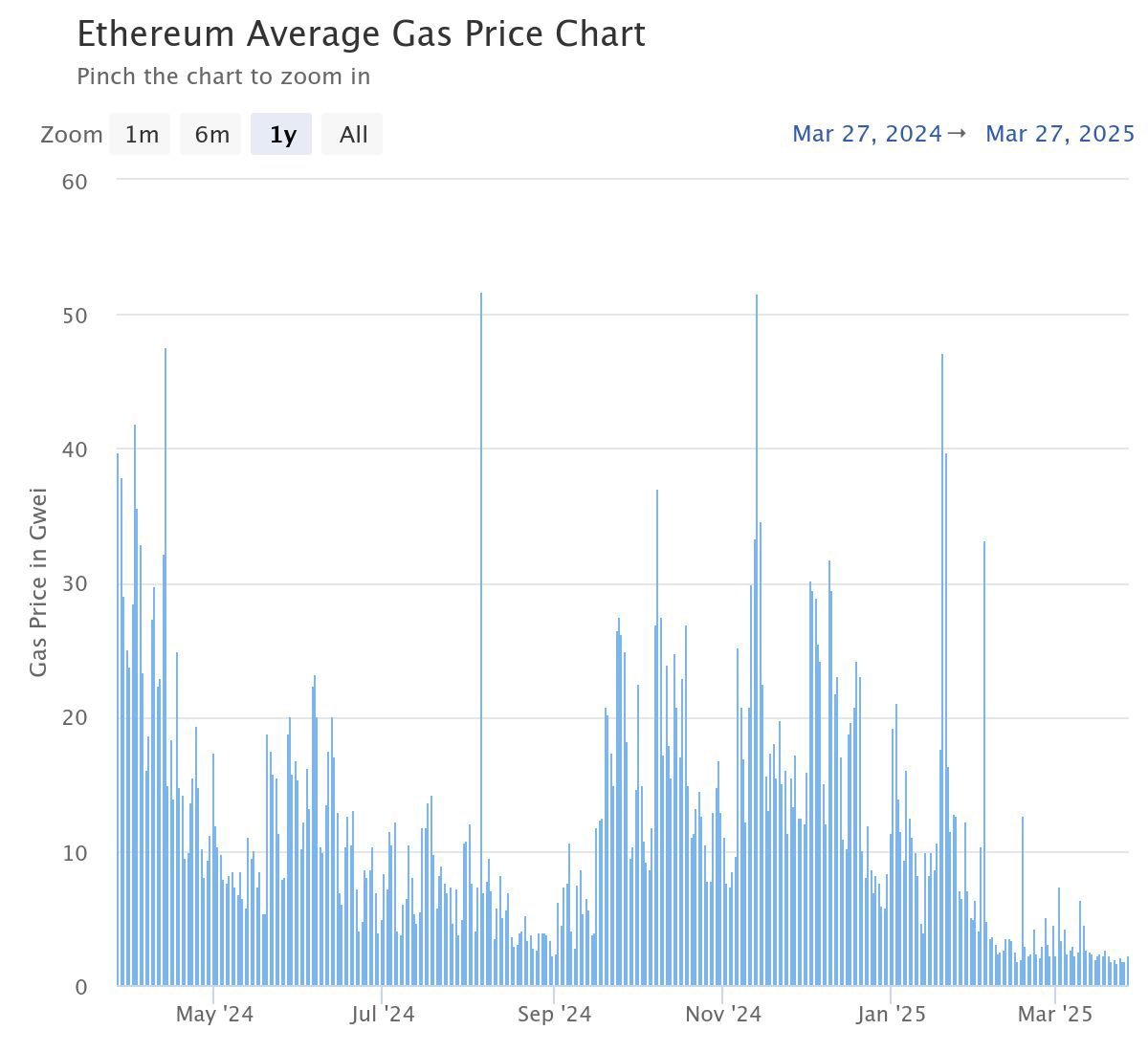
While a segment of the crypto community labels Ethereum a "dead asset," with performance lagging behind meme coins, Solana, or other emerging projects, large capital is quietly flowing into Ethereum via ETFs, corporate treasuries, and asset management funds.
This disparity stems from how each side defines value. The crypto community often views Ethereum through network activity metrics such as user count, gas consumption, Total Value Locked (TVL), etc. These metrics fluctuate cyclically, and during 2022-2023, they largely trended downwards. As a result, many hastily concluded: Ethereum's time is over.
However, institutions view Ethereum as an investment commodity. They are not concerned with how many DEXes are active daily or which DEX is currently trending; they care that the Ethereum token has a limited supply, an acceptable inflation rate, high liquidity, and that the Ethereum network serves as critical infrastructure for the future of on-chain finance. In other words, for them, the Ethereum token is not merely a "gas token" but an asset class.
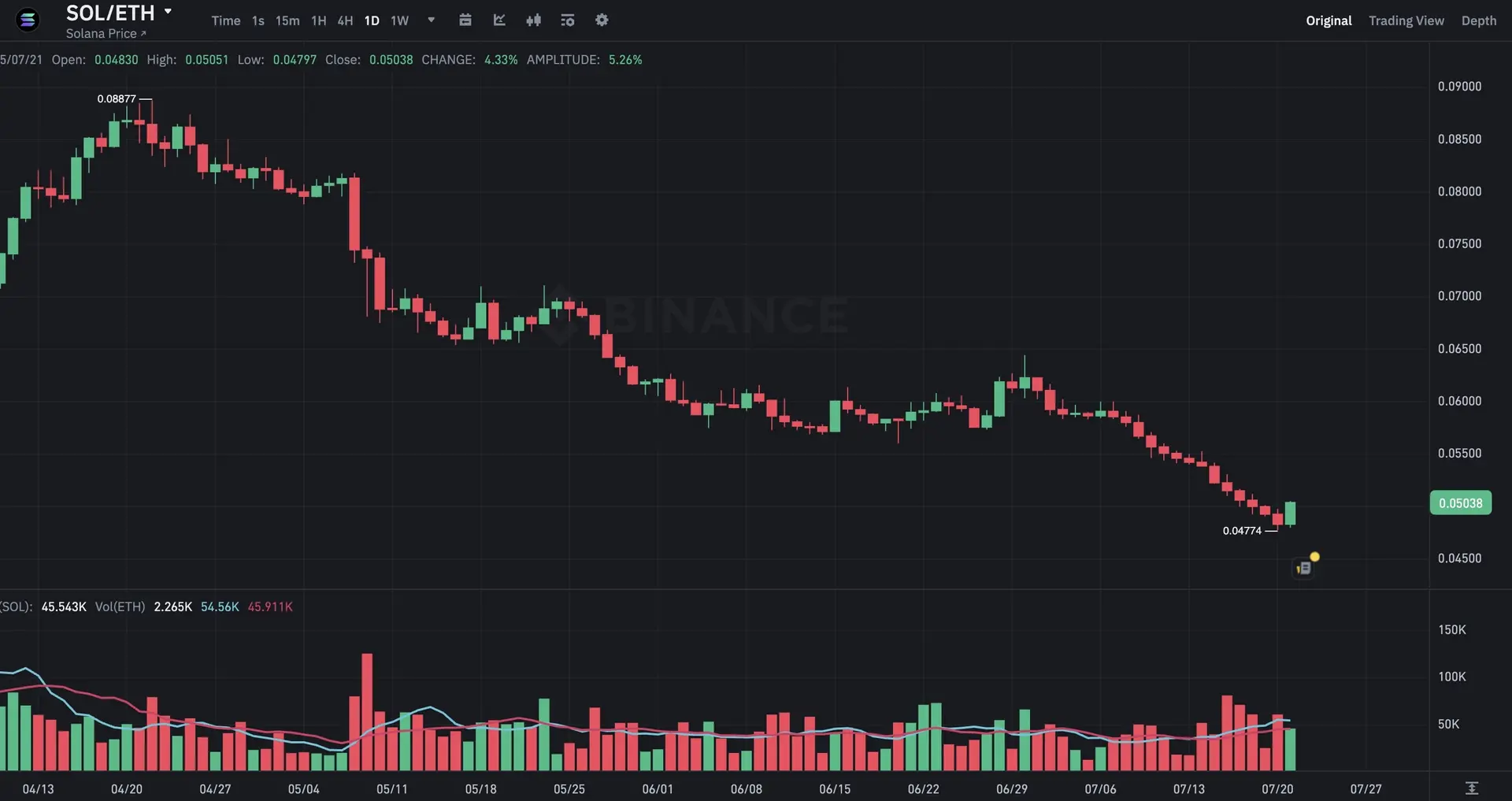
Meanwhile, from a community perspective, Solana continues to dominate headlines. User growth is strong, meme coins are exploding, and developers are actively building products. Yet, SOL's price has not seen a breakthrough, at least compared to ETH. Two potential reasons for this are that Solana has not yet seen strong institutional accumulation, and it does not yet have a Spot ETF.
ETH: When an Asset Decouples from its Infrastructure, Where Does its Price Go?
A new narrative is emerging: the ETH token is gradually decoupling from the Ethereum network itself, not in a technical sense, but in how the market perceives and values it. In previous cycles, the ETH token was seen as the "fuel" for the Ethereum ecosystem: its value was directly tied to gas fees, DeFi users, NFTs, on-chain activity, etc.
But now, the story has changed. The large capital flowing into Ethereum is no longer primarily concerned with how many new wallets there are today or which DEX is hot. Instead, institutions are buying Ethereum as they would any financial commodity, much like how people buy gold or government bonds.
This decoupling creates a new role for the ETH token: not just a utility token but also an asset, a "digital commodity" capable of generating yield from staking, and recognized by the entire traditional financial system.
Tom Lee, Head of Research at Fundstrat, forecasts that ETH's price will reach $4,000 in the short term and $10,000 - $15,000 in the medium term. Fundstrat even compares Ethereum's market capitalization to private companies like Circle and argues that Ethereum, in its role as a foundational infrastructure, deserves a much higher valuation.
It's not just about price; Ethereum is also embracing a new narrative. As noted by Robbie Mitchnick, Head of Digital Assets at BlackRock, the rise of Real-World Asset (RWA) tokenization is transforming Ethereum into the "default infrastructure layer" for bringing traditional assets onto the blockchain.
If all goes well, ETH's price could soon surpass its All-Time High. If there's a correction, Ethereum remains a trustworthy name, as large capital flows haven't left, and the new narrative is just beginning. However, ETH's price has surged significantly recently, so readers should not succumb to excessive FOMO at this price level.
Disclaimer
This article is for informational purposes only and should not be considered financial advice. Please do your own research before making investment decisions.

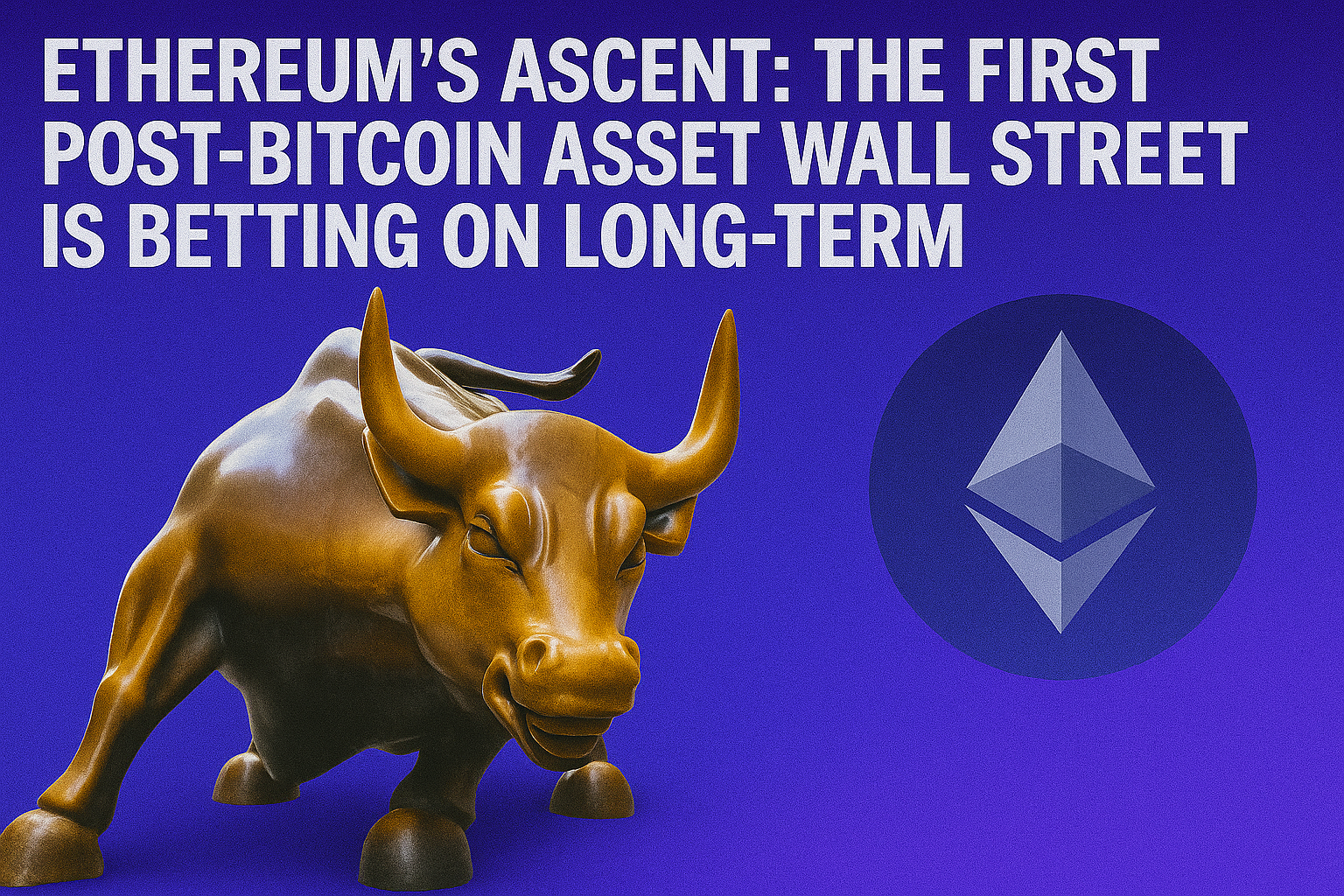
.png)



